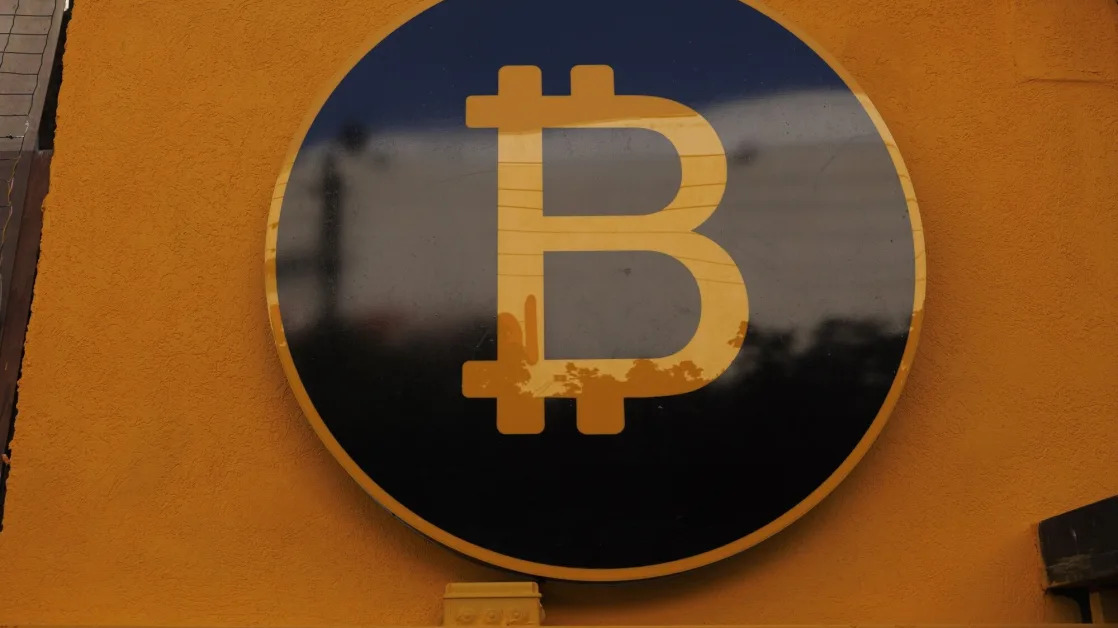Sweetgreen (NYSE: SG) has taken its investors on a wild ride since its IPO on Nov. 18, 2021. The fast-casual restaurant chain went public at $28, and it started trading at $52 before closing at a record high of $53 the following day. At the time, the market was dazzled by its rapid growth. The buying frenzy in growth stocks amplified those gains.
But by March 27, 2023, Sweetgreen's stock had sunk to its all-time low of $6.31. The bulls retreated as its same-store sales growth decelerated, its losses widened, and rising interest rates compressed its valuations. Inflation also rattled the restaurant sector as investors fretted over higher commodity and labor costs.

Yet Sweetgreen's stock has rallied nearly sixfold since then, trading at about $37. That comeback was driven by its stabilizing same-store sales growth, rising margins, and narrowing losses. So is now the right time to buy, sell, or hold this stock?
Carving out a niche in fast-casual salads
Sweetgreen sells customizable salads and warm bowls. It was founded in 2006 by three Georgetown University graduates: Nicolas Jammet, Nathaniel Ru, and Jonathan Neman. It opened its first restaurant in Washington, D.C., the following year.
Sweetgreen attracted a lot of funding as a start-up, and it had already expanded its footprint to 130 locations across 13 states by the time of its IPO. It was also serving 1.35 million customers and generating more than two-thirds of its sales from its digital channels. It owns and operates all of its own stores instead of franchising them.
Sweetgreen's fast-casual approach to selling healthier foods, rapid expansion, and robust digital sales all likely reminded investors of Chipotle . That's probably why Sweetgreen's stock initially skyrocketed after its public debut.
How fast is Sweetgreen growing?
Sweetgreen suffered a slowdown in 2020 as the onset of the pandemic forced to it temporarily shut down its dine-in locations. But over the following three years, it continued to open new stores as its same-store sales continued rising.
However, its same-store sales cooled off, its average unit volume (AUV) growth flatlined, and its ratio of digital orders gradually declined. That deceleration sparked concerns that Sweetgreen's business was maturing and that it could be ensnared in a cycle of boosting its revenues with new store openings as its same-store sales declined.
|
Metric |
2021 |
2022 |
2023 |
|---|---|---|---|
|
Total revenue growth |
54% |
38% |
24% |
|
New store openings |
31 |
36 |
35 |
|
Same-store sales growth |
25%* |
13% |
4% |
|
AUV growth |
20%* |
12% |
0% |
|
Total digital revenue percentage |
67% |
62% |
59% |
Data source: Sweetgreen. *Adjusted for temporary COVID-19 closures in 2020.
But for 2024, Sweetgreen expects its same-store sales to rise 5%-7% as it opens 24-26 new locations. It expects its total revenue to rise 15%-16% to $670 million to $680 million. That stable outlook suggests it still has plenty of room to grow.
But can Sweetgreen ever turn a profit?
Sweetgreen isn't profitable yet, but its restaurant-level profit, operating, net profit, and adjusted earnings before interest, taxes, depreciation, and amortization (EBITDA) margins have all improved significantly since its IPO.
|
Metric |
2021 |
2022 |
2023 |
|---|---|---|---|
|
Restaurant-level profit margin |
12% |
15% |
17% |
|
Operating margin |
(40%) |
(41%) |
(21%) |
|
Net profit margin |
(45%) |
(41%) |
(19%) |
|
Adjusted EBITDA margin |
(19%) |
(11%) |
0% |
Data source: Sweetgreen.
Like Chipotle, Sweetgreen raised its menu prices to offset its higher commodity and labor costs. It also downsized its corporate and support staff while automating more of its kitchens with salad-making robots.
For 2024, it expects its restaurant-level profit margin to rise to 19%-20%, with a positive adjusted EBITDA of $16-$19 million. That would represent an adjusted EBITDA margin of about 3%. Analysts expect it to narrow its net loss to $56 million.
From 2023 to 2026, analysts expect Sweetgreen's revenue to grow at a compound annual growth rate (CAGR) of 17%. They also expect its adjusted EBITDA to more than triple from 2024 to 2026 as it continues to narrow its net losses. It ended the second quarter of 2024 with $245 million in cash and equivalents, and its manageable debt-to-equity ratio of 0.8 gives it some room to take on more debt as it expands.
Sweetgreen has an enterprise value of $4.1 billion, which makes it reasonably valued (but not a bargain) at 6 times this year's sales. Chipotle, which is growing at a comparable rate with stable profits, also trades at 6 times this year's sales.
Is it the right time to buy, sell, or hold Sweetgreen?
As long as Sweetgreen's same-store sales keep rising, it continues to open new stores, and its margins keep rising, it should be a good stock to buy and hold for the next few years. However, I'd gradually build up my position over a few quarters because its stock still isn't cheap -- and it could stumble if it fails to check just one of those three boxes.
Before you buy stock in Sweetgreen, consider this:





